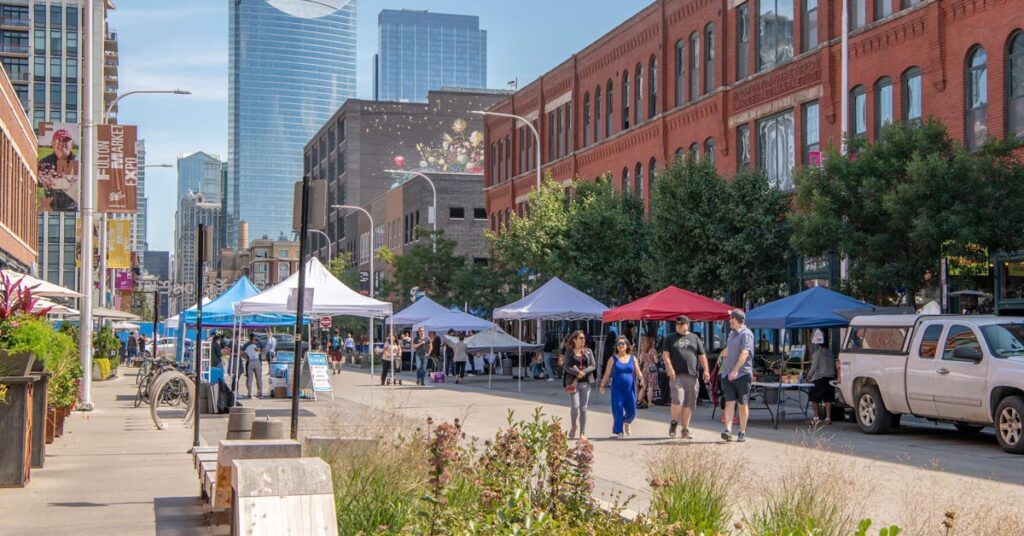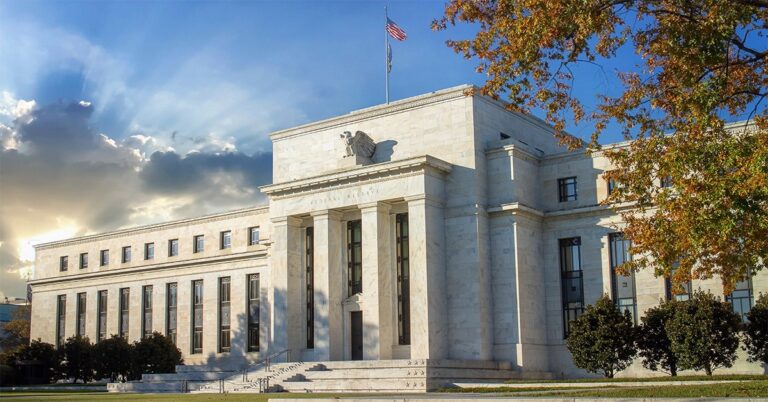Migration away from central business districts (CBDs) really took off during the COVID-19 pandemic. But even now, with the worst of the health crisis in the past and workers returning to offices, the trend remains strong, according to JLL.
For instance, Fulton Market — the former meatpacking warehouse district on Chicago’s Near West side — has seen rents jump 43% since 2019. In Charlotte, the South End, known for nightlife, shopping and small businesses, has seen rents go up 33% in the past five years. And the North Loop in Minneapolis has posted rent increases of more than 13% in the same time frame due to transit-oriented development.
They’re not the only success stories either. One of the core findings of JLL’s recent “The Future of the Central Business District” report is that CBDs are at an inflection point. Downtowns need to reinvent themselves to remain competitive in a new normal where office space demand is subdued, commute patterns are changing and workers are clamoring for sites with greater access to diverse amenities.
CBDs will continue to face competition from nearby districts in their own cities that cater better to how people live and work post-pandemic, JLL reported.
“These neighborhoods are home to rapidly evolving creative, tech and R&D (research and development) clusters, and are shifting investor focus from more established submarkets toward the intense development of creative office, living, boutique hotel, lab and curated retail product,” said Phil Ryan, JLL’s director of global research for city futures.
The shift isn’t localized to the U.S. either. JLL’s report found several non-CBD neighborhoods worldwide where rental growth over the past five years not only eclipsed that of core downtowns but also surpassed 20%. Such areas included RiNo in Denver (23.6% rent growth over the past five years); Gangnam in Seoul, South Korea (23.8%); and Bahnhofsviertel in Frankfurt, Germany (39%).
“High-watermark sales in urban fringe neighborhoods show we have already reached the point where a nontraditional place can and will achieve similar pricing to a downtown core market in many geographies,” Ryan said.
Over the long term, scalability in these areas will go a long way toward sustaining the trend, per Ryan. Many of these urban fringe neighborhoods have small footprints and saturation points to development, and often they aren’t readily apparent.
One of the reasons that Fulton Market, for example, has seen such momentum is the ability to build upward, downplaying the need for expensive land.
“As values go up, these neighborhoods become more attractive at a larger scale for redevelopment,” Ryan said. “That only happens when you hit a certain threshold and the pricing works out. And then it precipitates a better return.
“Long term, this is where we are headed,” he added. “There are enough investors confident in building out off-core urban neighborhoods. The lessons learned from the success of these locations in attracting residents, businesses and visitors will also inform the regeneration of traditional central business districts as they adjust to new ways of working, traveling and doing business.”







